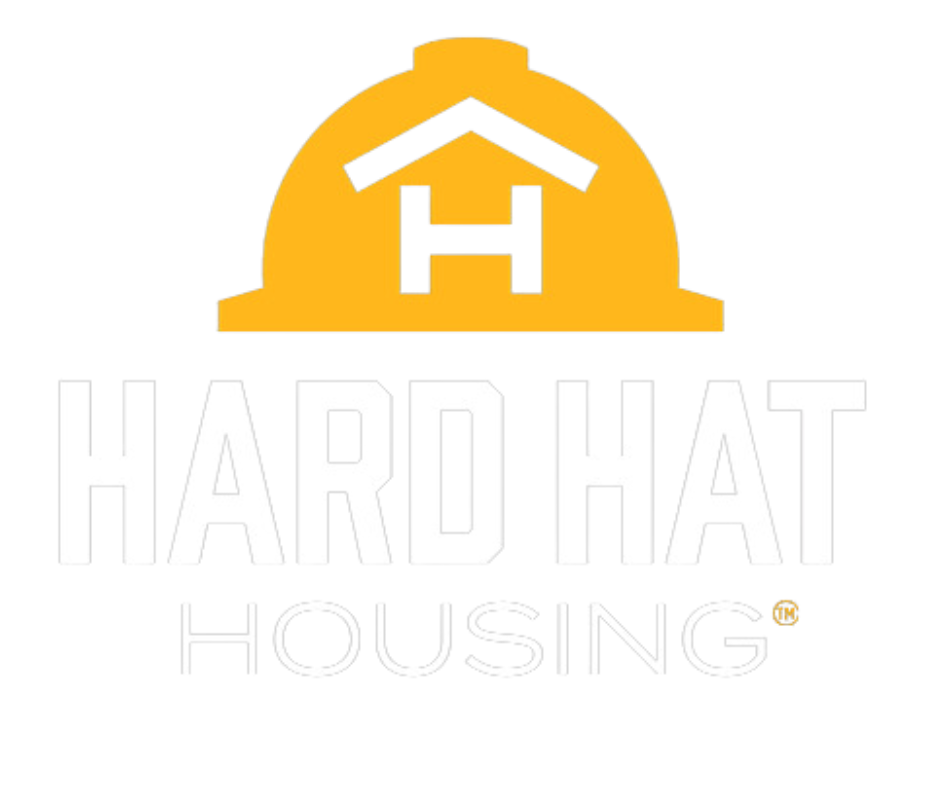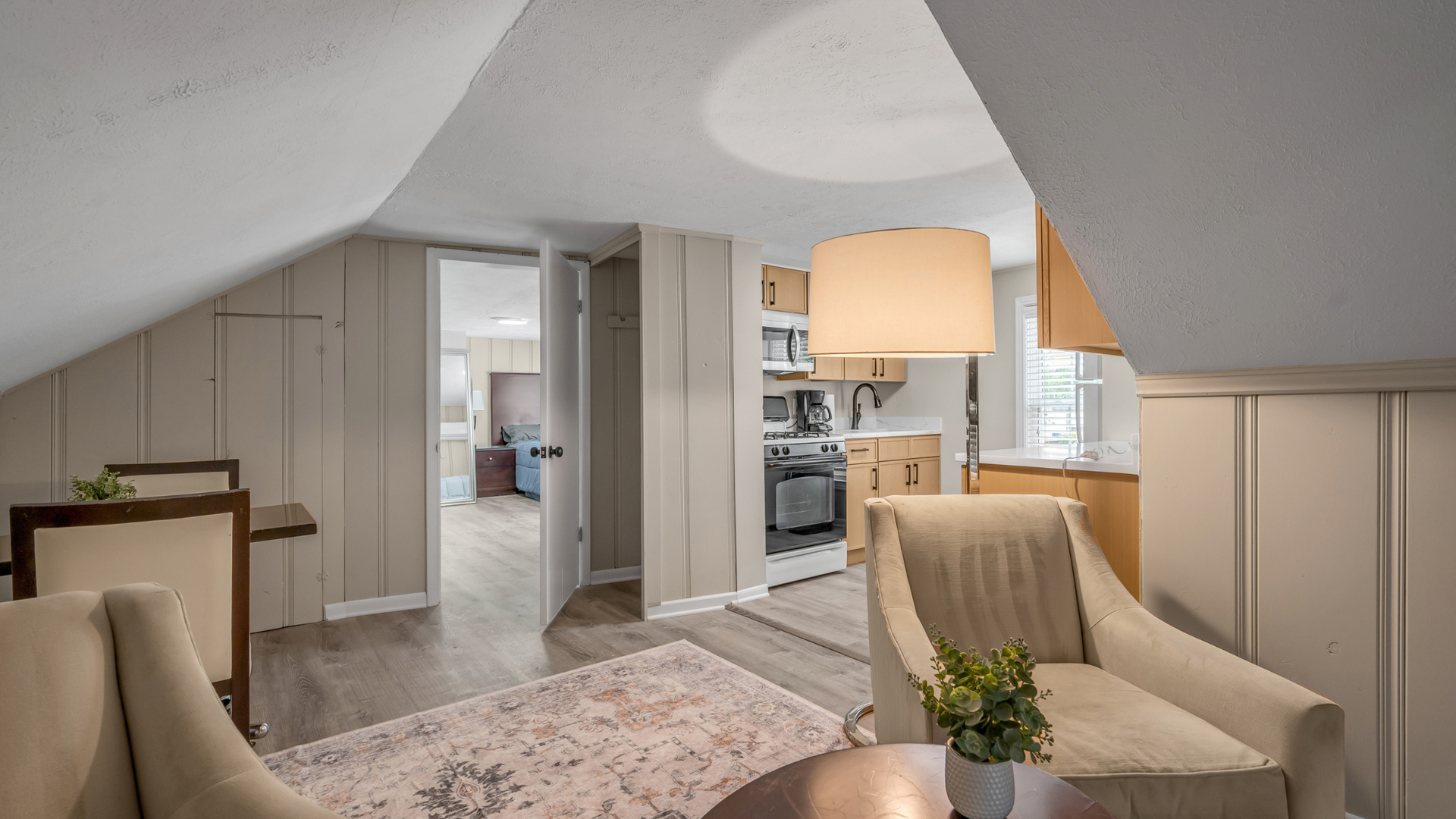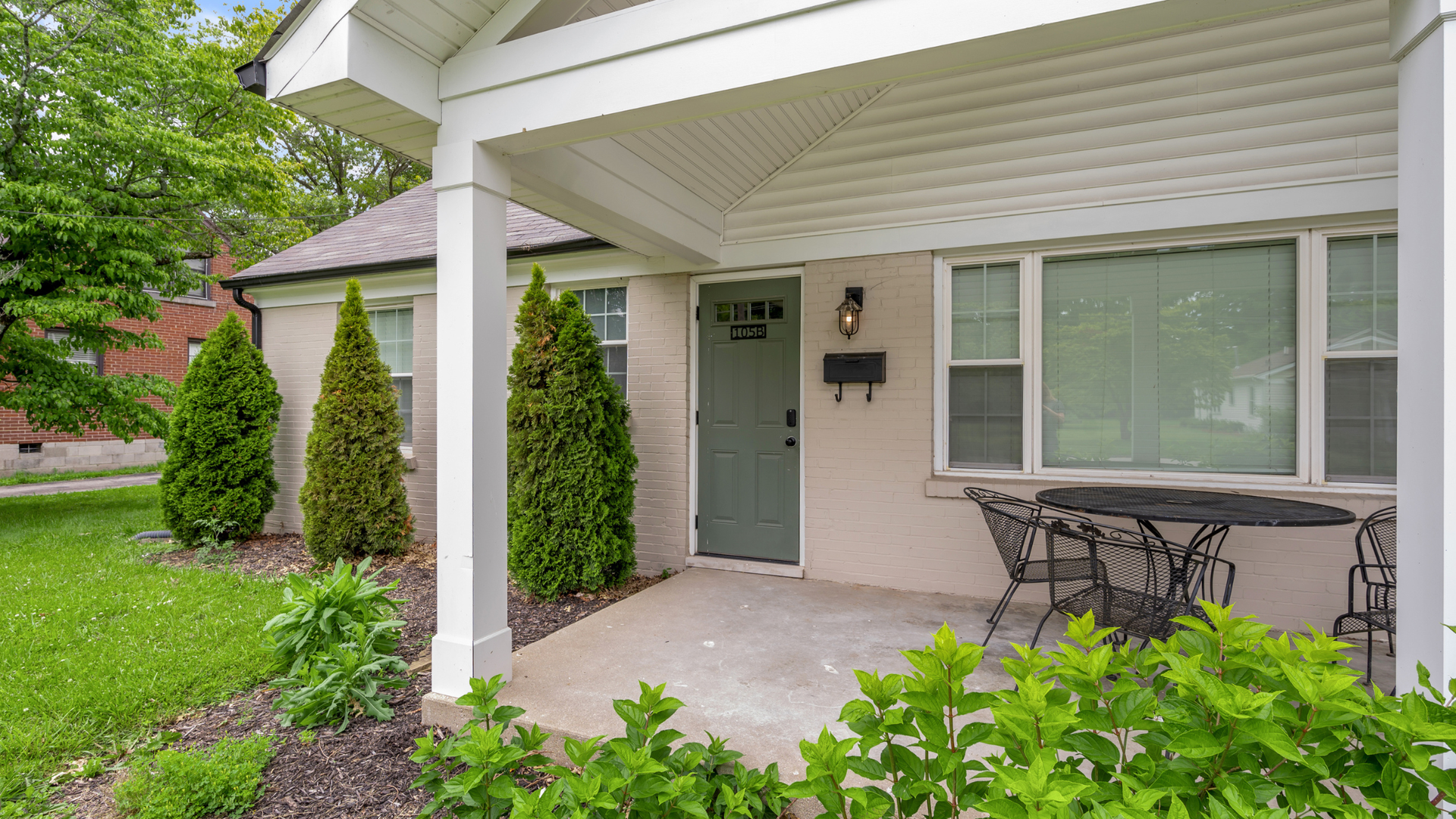Hotels vs RVs vs Crew Housing for Crew Life: Which Saves More?
When you have people on the road, the lodging line on your job cost report isn’t just a number—it’s a lever on productivity, retention, and the project timeline. On paper, hotels look easy, RVs look cheap, and dedicated crew housing looks “nice to have.” In practice, the answer depends on cost per person, the hidden expenses you don’t track until they bite (meals, commute, cancellations, move-outs), and whether the living setup helps or hurts crew output. Below, we compare the three options using current data and real-world signals, then give you a simple framework to pick the right fit for each job.
The Real Math—What You Actually Pay
Hotel rates first.
U.S. hotels have averaged roughly in the
mid-$160s per night this summer
(national ADR ~$162 in May–July 2025), before taxes and fees. That’s rack rate; extended-stay brands often discount for long bookings, but your baseline starts around there.
At scale, extended-stay chains pitch weekly/monthly savings—Choice’s extended-stay page cites “up to 30% on weekly stays and up to 40% on monthly,” and Extended Stay America advertises bigger cuts (“up to 60%” when you book 60+ nights via its Extended Plus program). Real results vary by market and availability, but those are the headline claims. Even with those discounts,
a crew member at a $162 ADR who gets 30–40% off still nets ~$97–$113 per night—$2,900–$3,400 for a 30-night month, before taxes and incidentals.
Against that backdrop, consider the FY2025 federal per-diem baseline many companies reference:
the standard CONUS lodging cap is $110 per night and standard meals & incidentals (M&IE) is $68. If your policy shadows GSA, a “hotel + per-diem” approach can run hot in many metros unless you secure deep corporate rates or go well outside the core. And actual crew policies vary widely: workers mention companies covering hotels and setting per diems anywhere from ~$60/day (meals only) to ~$120/day for lodging windows, which illustrates just how inconsistent the budget picture is in the field.
What about RVs? Long-term site fees often look attractive: credible guides put typical monthly rates for long-term RV sites in the $500–$1,200 range (utilities sometimes included), with mid-range parks spanning ~$800–$1,500. Location and amenities swing the price, but this national range is realistic.
RVers themselves report similar numbers in recent discussions—$700–$800/month recurring across the U.S., often with utilities included—again, market-dependent. That’s the sticker.
Now add ownership or lease costs (payment or depreciation),
fuel if the rig moves,
insurance
(commonly hundreds to low thousands per year, depending on class),
winterization
costs, and
periodic repairs; by 2025, typical insurance ranges cited by industry and independent shops land from the high hundreds to a few thousand annually depending on the RV type.
Critically, depreciation is front-loaded: multiple 2025 resources note the steepest drop occurs in year one—often on the order of the high teens to ~20%—and continues rapidly for several years after.
You don’t “cut” lodging spend if you shift it into an asset that’s losing value faster than you account for.
Purpose-chosen
crew housing (furnished homes/apartments near the site) sits between “hotel ease” and “RV cost” on paper, but often
wins on total project cost.
Hard Hat Housing, for example, positions a workforce housing solution that consolidates units near the job site, provides full kitchens and laundry, and issues one invoice; with 25–35% savings vs. traditional hotels
once you factor in everything you’d otherwise spend around the room rate.
That delta can widen when you remove daily restaurant spend because crews cook at home-style kitchens—something extended-stays sometimes offer, but not always at the same space/amenity level. And unlike ad-hoc Airbnb hunts, this category is designed to be predictable for multi-month, multi-person bookings.
Comfort, Morale, and Productivity (The Invisible Line Items)
A “bed is a bed” until your crew is six weeks in. Extended-stay hotels do work for short runs and smaller crews, and brands keep expanding with long-stay-friendly layouts (kitchenettes, storage, laundry), specifically targeting traveling professionals. Still, rooms are inherently one-room solutions;
real talk from field crews consistently pushes toward rooms with kitchens (or suites) to control meal costs and keep routines sane,
which often means moving up a rate tier.
RVs can feel “homey,” but comfort swings with weather, space, and park quality. Winter projects are where the romantic RV math breaks. Keeping a rig warm relies heavily on propane or hydronic systems; in truly cold snaps you’re managing
freeze risk, skirting, condensation, and higher energy usage while your team is already burning long hours outside.
Those aren’t just comfort issues—they’re fatigue multipliers that show up in productivity.
And parks vary dramatically: the same $700/month pad can feel like a neighborhood or a parking lot with hookups. That inconsistency matters when morale is brittle.
Crew housing chosen for workers flips that script. Full kitchens, proper living rooms, washers/dryers, and real bedrooms make recovery after shift easier.
Hard Hat Housing’s model emphasizes “home-like” spaces close to sites to reduce commute creep—something crews actually notice—while creating conditions where people can rest, cook, and socialize without being on top of each other. That shows up in cohesion and output. On longer jobs, those “soft” benefits are hard savings:
fewer call-offs,
lower turnover, and
steadier production tempo compared to cramped or chaotic setups.
Operational Risk & Logistics (What Blows Up Schedules)
Hotels shine on simplicity—book, check in, done—but there are blind spots.
Rate volatility can spike when you extend stays or hit event weeks;
availability can break under market pressure; and asking people to live in one-room setups for months invites churn. Industry trackers show ADR (average daily rate) holding near record territory even as occupancy softens—stable, but not exactly “cheap”—so your ability to negotiate or land the right extended-stay brand becomes the gating factor.
RVs carry a different risk set. First,
not every market is RV-friendly, and rules can clip options fast. A growing number of
private parks apply a “10-year rule” that restricts rigs older than 10 years unless you secure an exception—meaning your perfectly maintained older unit could be refused during a long booking window, especially at higher-end parks or in peak seasons. It’s not universal, but it’s real and enforceable.
Even where you can park,
long stays require reliable hookups and permissive local ordinances, and urban regulations can tighten (some cities have recently moved to limit street parking of RVs altogether). For a jobsite that shifts or extends, relocating rigs mid-project is another time/money hit. Add insurance claims, breakdown logistics, and the fact that a big rig sidelined for parts is a housing unit offline with no backfill—your “savings” evaporate during downtime.
Purpose-chosen crew housing reduces those failure modes. Units are reserved for your project window; kitchens cut down M&IE spend; parking and access are known; and you’re not patching together half a dozen bookings or shuffling people when a hotel sells out.
Hard Hat Housing’s model specifically emphasizes near-site placement, consolidated billing (one invoice vs. a mountain of receipts), and crew-fit furnishings, which shrinks admin load and keeps schedules cleaner.
Compared to DIY Airbnb hunts,
a workforce housing provider also reduces mid-stay cancellation risk—a frequent pain point travel coordinators raise about vacation-rental platforms.
So…Which Option Actually Saves More? (Use This Field Framework)
Short, surgical jobs (≤2–3 weeks, 1–6 people):
Extended-stay hotels can be the fastest, most predictable option. If you lock a true weekly/monthly rate with a kitchenette, you limit meal costs and avoid move-outs. Brands do target construction travelers with discounted longer-stay programs—worth checking for every quick mobilization. That said, sanity-check the per-diem math; if your policy tracks the $110 lodging/$68 M&IE baseline and your market ADR sits above that,
you’ll bleed budget without negotiated rates.
Multi-month core projects (8–30 people): Purpose-picked
crew housing usually wins on total cost of delivery.
Between 25–35% savings (vendor-reported), near-site locations that cut commute, and kitchens that shift spend from restaurants to groceries, the “room rate vs. rent” comparison undersells the advantage. You also reduce failure points (no weekend sellouts, fewer mid-project moves, less admin). This is the sweet spot for a workforce housing solution.
Remote and winter projects:
RVs can be part of the mix if the job geography is genuinely RV-friendly, parks allow longer-term stays, and rigs are winter-ready. Budget for propane/electric heat spikes and build a contingency for weather days and maintenance downtime. Confirm park policies (including any 10-year rule) before you commit; don’t assume a long-term slot exists until you’ve verified utilities, site condition, and rules in writing.
Where climates are harsh or codes tighten near cities,
dedicated crew housing is safer and often cheaper once you count the headaches you didn’t plan for.
Per-diem and policy alignment: Crews notice when per-diem rules and the real market don’t match.
The 2025 GSA baseline updated M&IE to $68 and lodging to $110 standard—helpful context for setting internal policies—yet real-world crew threads show companies all over the map (from $60 meals-only to $120 lodging caps). Aligning your policy to the markets you actually work prevents back-end morale and budget friction.
Where Hard Hat Housing fits:
If your project is measured in months and your crew count crosses into double digits, Hard Hat Housing’s turnkey, near-site model is designed for exactly that use case—home-like, furnished units; predictable terms; and one invoice. That’s the point where “workforce housing solutions” become a competitive advantage rather than an upgrade.
Sanity-check sums (rule-of-thumb):
- Hotel path: Start with local ADR, apply the best verified weekly/monthly discount you can secure (not the marketing “up to”), then add tax and realistic M&IE. Compare the net against your per-diem cap.
- RV path: Add pad fee + electricity/propane + insurance + maintenance + depreciation (first-year hit is often the steepest). Confirm park policies and city rules for the whole project duration.
- Crew housing: Ask for all-in pricing (furniture, utilities, parking, laundry) and measure distance to site (commute time is a hidden cost). If a provider can set you up near the job and keep everyone in private rooms with real kitchens, you’ll usually see the savings in both dollars and output.
For brief mobilizations and tiny teams, negotiated extended-stay hotels can be perfectly sensible.
For long runs and real crew counts, purpose-picked crew housing tends to save more once you model total cost and operational risk. RVs can be cost-effective in select scenarios—but they’re a logistics project and a weather bet, not a plug-and-play solution.
Hard Hat Housing provides turnkey, home-like housing near the site and reports 25–35% savings vs. hotels, plus the admin relief of one invoice. If you’re exploring workforce housing solutions for your next multi-month project, that’s exactly the context where a light vendor touch can return heavy results.
If you only look at a nightly sticker, RVs seem cheapest and hotels seem easiest. The moment you widen the lens to include food, commute, reliability, and the human reality of living on the road for months,
dedicated crew housing usually comes out ahead.
The 2025 rate environment hasn’t collapsed hotel pricing; kitchens still slash M&IE; and predictable, near-site lodging reduces the schedule friction that kills margins. For quick hits, leverage extended-stay programs and hold the line on rates; for multi-month, multi-crew work, choose a workforce housing partner built for construction life—and capture the savings in both dollars and days.













